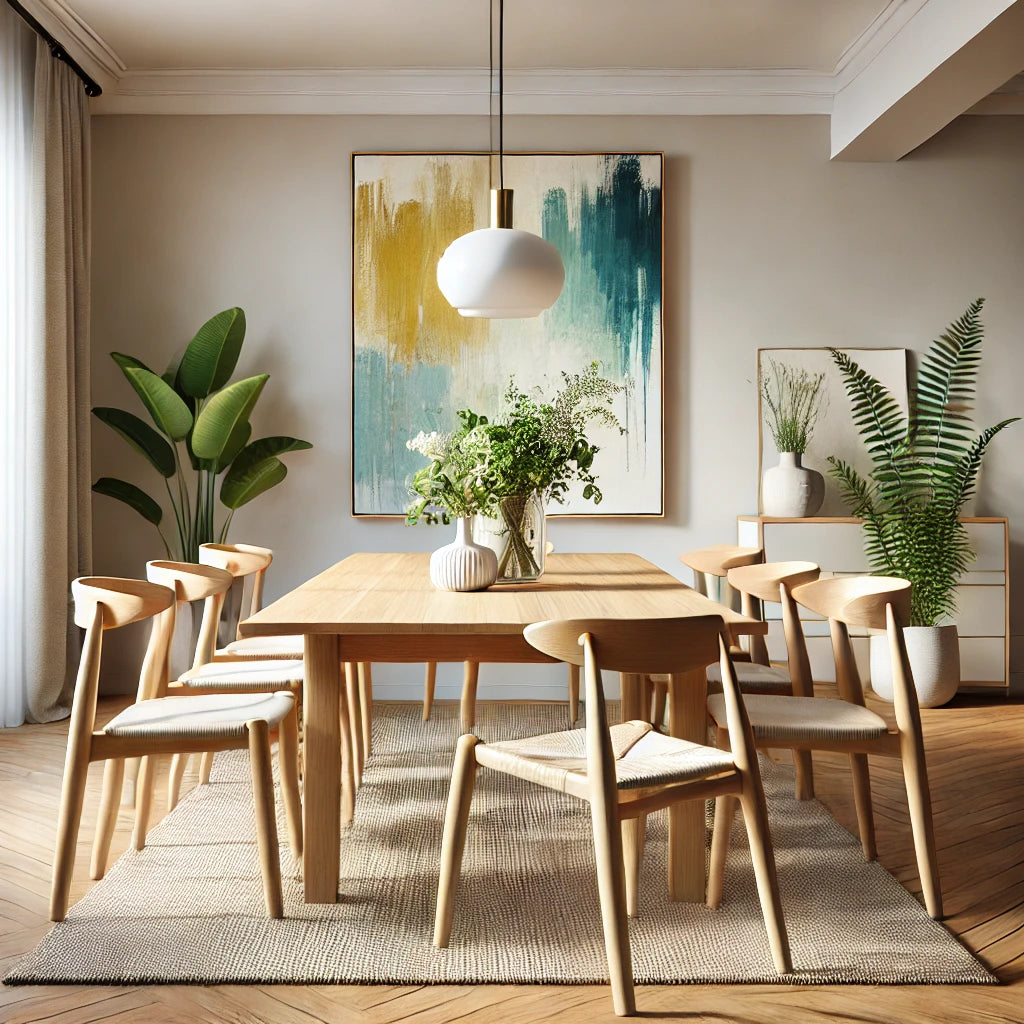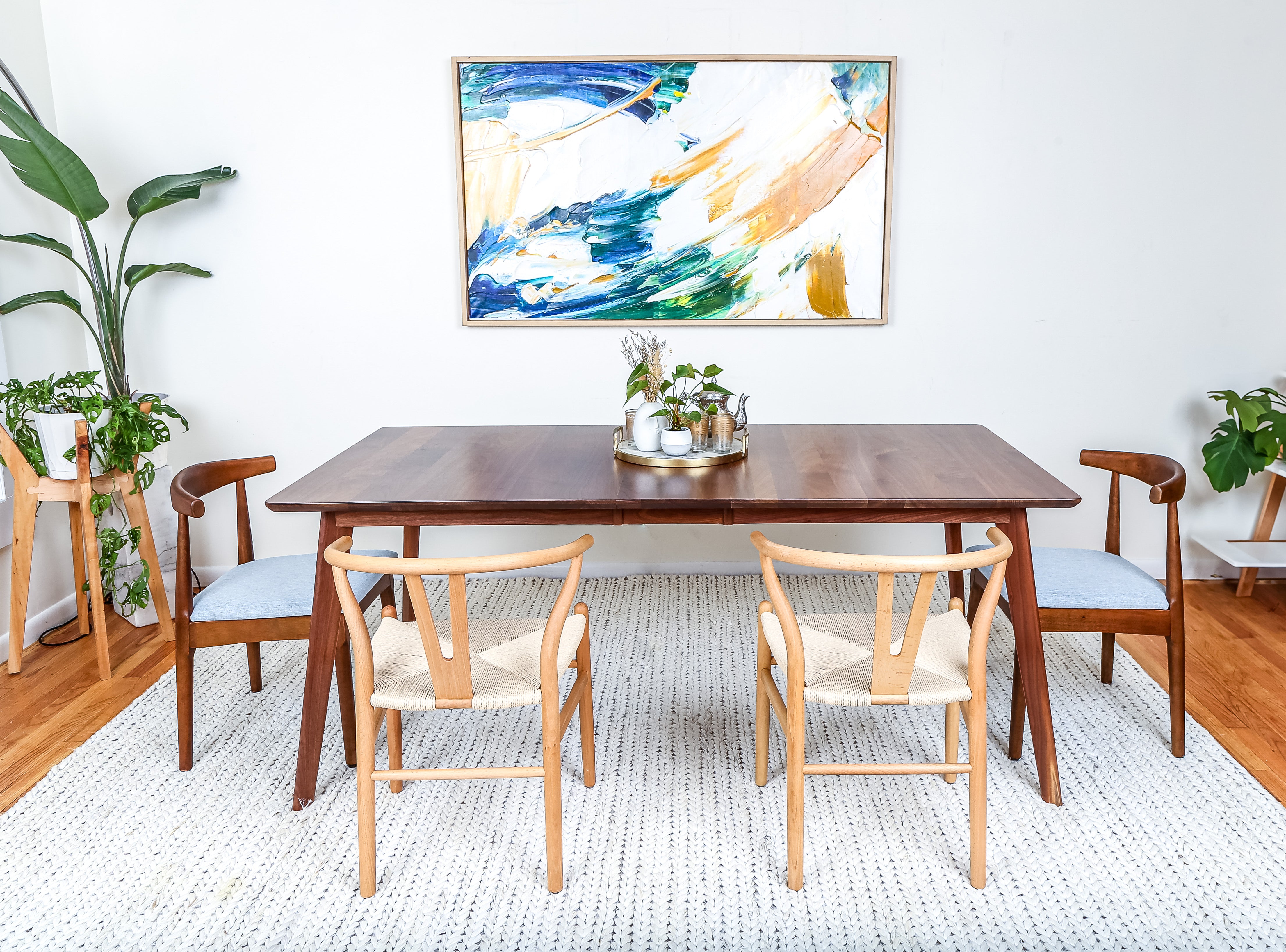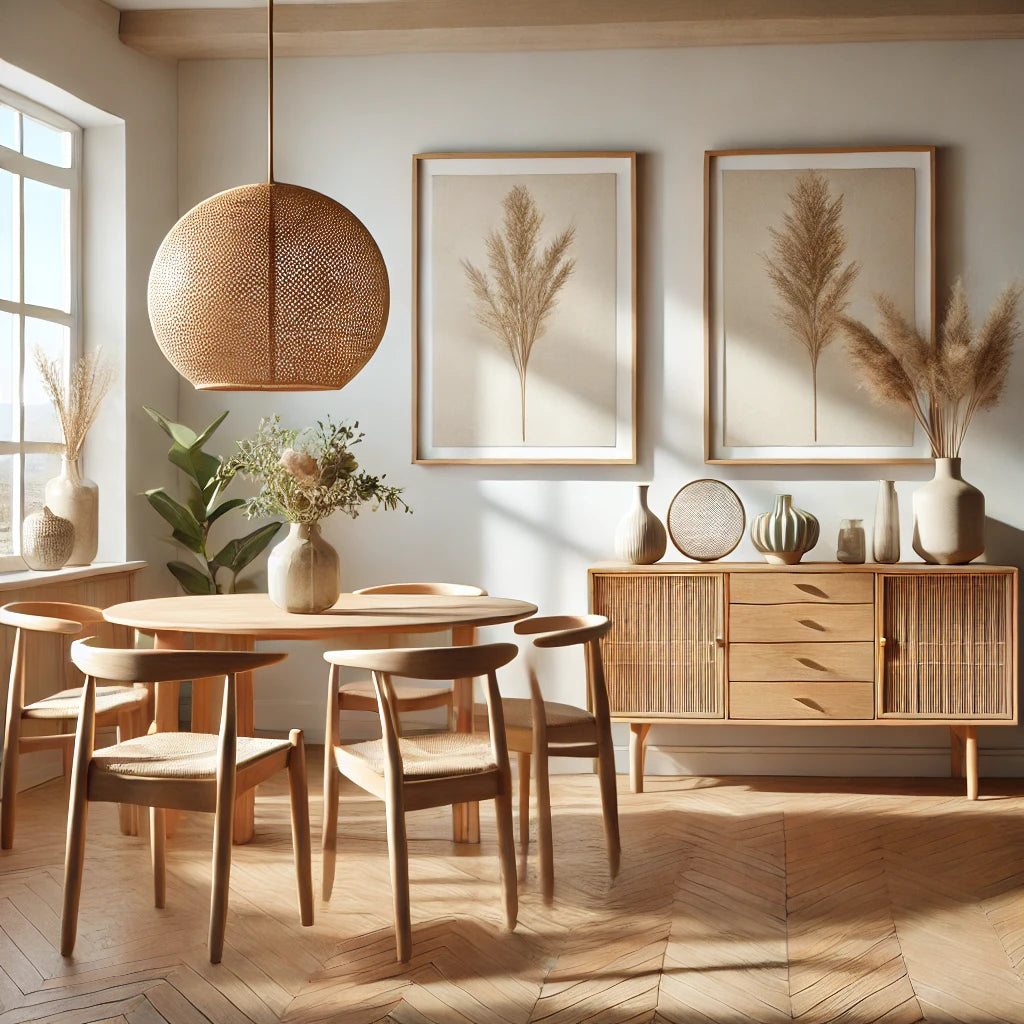Mid-Century Modern Walnut Credenza: A Guide to Finding the Perfect Piece
by Robert William on Nov 16, 2021
Mid-Century Modern Walnut Credenza: A Guide to Finding the Perfect Piece
How to Tell If a Walnut Credenza is Worth Buying?
A walnut credenza is an excellent piece to have in your modern home. It is the perfect way to display your favorite items and make them easily accessible. The best part about this type of credenza is that it can be customized. You can choose from a variety of different styles and finishes so that it matches with any room in your house.
Purchasing a credenza from a company like Moderncre8ve, who sources their hardwoods locally, builds them to last, and employs skilled craftsmen who have the talent for making exquisite pieces, will ensure that you are not investing in an impractical piec

What to look for
Why do materials matter? What is veneer, mdf and plywood?
What are some of the common mistakes people make when trying to buy a credenza?
Materials:
Look for the words solid walnut in the product listing. A common trick big manufacturers use is to list the product as "solid wood" but it is actually made from a substrate with a very thin slice of walnut over the top of it. Because this material underneath is wood (albiet mdf or veneer core) it is technically solid wood. But not really.
This is MDF.
It is made from a thin slice of walnut glued to ground-up wood fibers (ie sawdust) that is mixed with a binder agent and compressed under very high heat. It is very dimensionally stable and uniform but its biggest drawback is that when chipped it is very difficult to repair or impossible. Other names you may see are "engineered wood, "particle board" or "Veneer".

This is Plywood.
Again it has a super-thin slice of walnut over layers of lower grade whitewood that is oriented in different directions to give strength to the wood. This runs the same risk as mdf as it can chip in the exact same manner is next to impossible to repair. Another telltale sign of veneer is a very large section that is one continuous grain pattern.

This is Solid Wood.
Solid wood looks better and can be refinished multiple times- even after damage. It is not commonly used in mass produced furniture because it is expensive, time consuming and most people dont even know the difference between solid or the two types above.

Common Mistakes.
Know what you are paying for.
Ask if the piece is made from veneer or solid walnut. Most respectable brands use a combination of veneer with solid walnut doors or tops, and the casework is made from a veneer. This is ok because engineered wood is very stable and unform, and commonly used in areas that will not be damaged, or that are out of sight.
Look for deceptive language and descriptions.
Another dirty trick big manufacturers use is the term "walnut finish". This is usually the cheapest wood available stained so that it appears to be walnut. Poplar, pine, and other crap woods are passed off as "walnut" to people who aren't experts in the field. These woods are up to 12 times cheaper than the real thing. That doesn't mean they don't have a use or place or situations when it is appropriate to use them. They make great paint-grade woods or moldings. In short, Just don't pay a premium price for something that is not premium.







